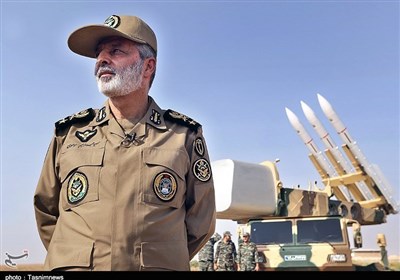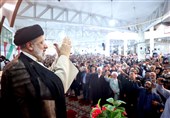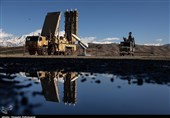International Space Station’s New Visitors: A Colony of Ants
TEHRAN (Tasnim) – A colony of ants have set up home in the International Space Station as part of an experiment to see how their behavior changes in an environment of low gravity.
Scientists hope to observe how they adapt their foraging behavior under changing circumstances and use the data to help develop smarter robots, The Independent reported.
The 800 common ants (Tetramorium caespitum) are living in eight compartments with about 100 ants in each compartment. Engineers on the ISS have erected and taken down barriers within the compartments, so the ants have gone from high density areas to ones of lower density.
Ants have evolved collective behavior, or what is known in robotics as 'distributed algorithms', to move around during foraging, and the experiment should shed some light and increase insight on how this evolves under varying ant densities in microgravity.
"When ant densities are high, each ant thoroughly searches one small area in a circular, 'random' walk," said Stefanie Countryman, the program director.
"When ant densities are low, each ant searches by walking in a relatively straight line, allowing it to cover more ground."
It's hoped that the data can be used to build robots that can 'forage' for themselves— perhaps by searching for people in a building too dangerous for people to enter. Professor Deborah M. Gordon, of Standford University said that some really interesting biological changes occur in microgravity, for example, the way that nutrients circulate around cells or the way genes are expressed.
"We have a lot to learn about how collective behavior changes in space," said Professor Gordon.
The behavior of the ants is being beamed back to earth, allowing school kids to take part in the experiment. The ants arrived on the ISS aboard an Orbital Sciences Cygnus spacecraft on Jan 12.





